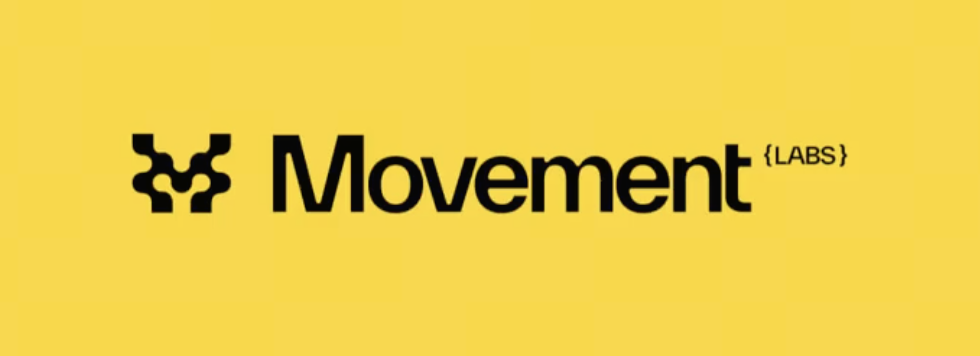Movement Network: Move-Based Secure and High-Performance Blockchain Infrastructure
Move Language Technology Core and Architecture Innovation

Movement Network adopts the Move language developed by the Facebook team, focusing on asset security and the robustness of smart contracts. Through a resource-oriented asset model and unique ownership rules, it significantly reduces the risk of asset duplication or tampering, allowing developers to build high-security DeFi applications with simplified processes. The platform’s three core components include:
- Move Executor: Combining MoveVM and EVM dual environments, it can deploy Ethereum ecosystem smart contracts while also leveraging the advantages of the Move language in parallel and high-efficiency transaction execution.
- Fast Finality Settlement (FFS): Through decentralized economic guarantee verification nodes, significantly reduce latency and ensure rapid final confirmation of transactions without a lengthy challenge period.
- Decentralized Shared Sequencer: A decentralized sequencer independent of L1, enabling atomic-level transaction sorting between chains and liquidity integration, thereby enhancing censorship resistance.
Scalability and security under the division of labor of the four major modules
The Movement Network architecture is divided into four major modules: data availability, ordering, execution, and settlement. It ensures network efficiency and security through DA light nodes, decentralized ordering nodes, and multi-tiered verification. After batch processing of transactions, final confirmation is quickly completed on the L1 contract, achieving both asset and data security as well as immediacy.
MOVE Token Economic Model and Applications
MOVE is the native token of Movement Network, supporting ecological development and network security:
- Staking Security: Users can stake MOVE to participate in consensus, earn network rewards, and enhance security.
- Fee medium: All transactions and smart contract operations must be paid with MOVE tokens to ensure stable token demand.
- Governance Participation: Token holders can propose and vote on important decisions such as network parameters and protocol upgrades, implementing decentralized governance.
- Ecosystem incentives: applicable for liquidity mining, DApp incentives, etc., to promote the long-term operation of projects.
Token distribution emphasizes the proportion of community and ecosystem, balancing early support with long-term contribution momentum, and establishes a foundation to reserve resources for future development.
Short-term market events and brand reshaping
In May 2025, Movement faced a controversy involving its co-founder related to market manipulation, which affected confidence in the token market. The project team quickly replaced core members and reshaped the organizational structure, establishing Move Industries to focus on technological breakthroughs and governance transparency. This wave of controversy became an opportunity for the project’s governance and market perception adjustments, making it place greater emphasis on long-term brand building and compliant development.
Prospects and Challenges
In the future, Movement Network will focus on enhancing multi-chain compatibility, expanding the scale of DeFi, ecosystem, and institutional collaborations, and strengthening market trust and liquidity stability. With the security advantages brought by the Move language, along with a high-performance architecture, Movement has the potential to establish a foothold in the global decentralized application and cross-chain financial infrastructure sectors.